To be a warrior you have to be dedicated, focused and willing to push through hard times to take challenges head on. In today’s society we aren’t walking miles every day, or having to carry several dozen pounds of chain-mail or armor around.
But in older times the warriors would have to be working, walking and moving throughout the day and didn’t have time to sit down and eat three meals a day.
This is what we’re going to be talking about today, is the diet of ancient warriors who would snack throughout the day and feast at night; and how to apply that in today’s world.
Well, before we get into that I want to cover the mission of The Fitness Wrangler; which is to help people with weight loss, muscle gain and overall health. One way that is achieved is with the help of intermittent fasting. If you don’t know what intermittent fasting is then you can check out an article I wrote on intermittent fasting, the complete beginners guide for weight loss, muscle gain and overall health.
“There is nothing impossible to him who will try.” – Alexander The Great
Where The Warrior Diet Came From
The warrior diet originated from Ori Hofmekler, who was a former member in the Israeli special forces who eventually turned his focus to the health and fitness industry.
He wrote a book called The Warrior Diet in 2001 and the diet is a form of intermittent fasting. Although Hofmekler’s specific diet isn’t ACTUALLY intermittent fasting there is an eating style out there which is similar to the warrior diet that is actually intermittent fasting (we’ll look at the two different diet and eating patterns in this article to dispel any confusion with this diet).
The whole idea of the diet is to eat like an ancient warrior who was traveling around most of the day, and didn’t really have time to sit down and eat several big meals, snacking on fresh vegetables and fruits and rested in the evening with a big meal.
However, where this diet gets a lot of push back is that Hofmekler designed this more on his personal experience and opinion rather than hard scientific evidence.
Now where there may be some confusion with this diet, and where the intermittent fasting part comes into play, is that there is an alternate version to this diet where you follow a TRUE fasting regiment throughout the day up until you have your meal at night.
This is more of a style called One Meal A Day (OMAD) or a slight variant to that known at the 20:4 diet (fasting 20 hours and eating in a 4 hour window).
With Hofmekler’s snacking throughout the day style you don’t actually get all the benefits of fasting, such as fat burning, autophagy, human growth hormone, insulin sensitivity and more because you’re breaking your fast with any calories you consume.
To do intermittent fasting you aren’t allowed any calories during the fasting window. However, you can drink black coffee, tea and water during the fasting window.
The longer you fast the more you ketone bodies rise as well. Ketone bodies help with mental focus and fat burning.
Also, the longer you fast the more your body taps into your fat reserves for fuel and is then literally using your stored fat as a source of energy.
However, you can’t just fast for several days at a time and get multiple benefits, you really have to time it right which is where the “intermittent” part comes into play.
So as we go through this post we’ll look at Hofmekler’s warrior diet and also a variant of that diet that embodies true fasting principles.
What To Eat On The Warrior Diet
Hofmekler is a big advocate of eating real foods and not processed foods. He says that as you snack throughout the day to avoid anything processed and just stick to small servings of vegetables, fruits, dairy, clear broth, hard boiled eggs and little protein. No canned vegetables or fruits and stay away from added sugars.
Examples of what you can eat during the under-eating portion of the day:
- Fruits: Bananas, kiwis, oranges, apples, peaches, pineapple and more
- Vegetables (raw): carrots, cucumber, celery, peppers, broccoli and more
- Dairy: Cottage cheese, hard cheeses, milk and more
- Protein: Hard boiled egg or protein less than 6 ounces
- Drinks: Water, coffee, tea, sparkling water and more
- Any bone, chicken, beef or other broths
- Any freshly juiced vegetables, nothing processed
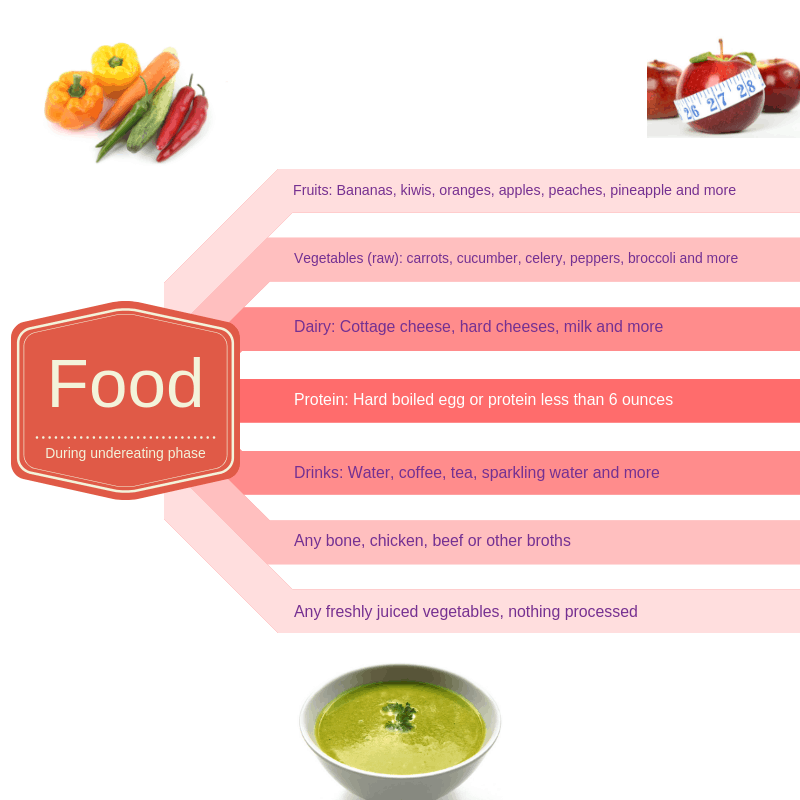
Then when you break your “fast” in the evening you should eat a small salad first, followed by proteins and then carbohydrates and fats.
Examples of what to eat during the eating window:
- Protein: Chicken, beef, pork, fish, eggs, turkey and more
- Vegetables (cooked): Squash, egg plant, green beans, asparagus, greens and more
- Carbohydrates: Potatoes, sweet potatoes, breads, quinoa, pasta, oats and more
- Fats: Nuts, avocado, olive oil and more
- Dairy: Cottage cheese, hard cheeses, milk and more
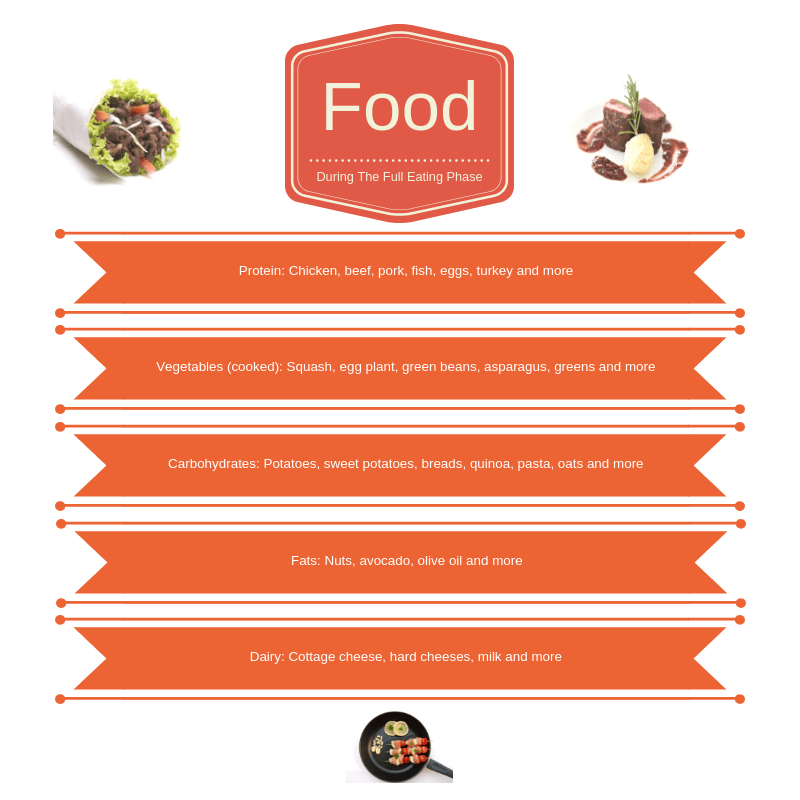
Benefits Of The Warrior Diet
Hofmekler goes on to explain that there are significant benefits of choosing this style of eating and diet plan.
Besides some fat loss with this one of the big benefits is that you can overeat and enjoy foods without the guilt and weight gain that sometimes goes along with it.
This is one of the big mental benefits of this diet because you can just graze during the day and then at night it opens up food options to eat a LOT of food. However, if you’re serious about your health and workouts you won’t just eat whatever but instead make sure protein intake is high with moderate carbs and fats (depending on your goals).
He says the benefits you’ll gain from the warrior diet are:
- Burn fat for fuel
- Increased energy
- Boosts metabolism
- Improvement in overall health
- Slows aging process
- Get more lean without counting calories
- Protein absorption is increased, which means you can eat less protein and still maintain muscle mass (however he states you still need minimum amounts of protein to sustain a healthy body)

The Workout On A Warrior Diet
Hofmekler is a big advocate of working out in the fasted state and doing natural style workouts to mimic those of the ancient warriors. His goal is to achieve more of the functional body type for balance, speed, endurance and strength.
He wants to achieve a strong, functional body and also to keep that body over a long period of time. He says to find a workout that you can live with long term and help trigger the “warrior instinct.”
- Don’t train to failure
- Hofmekler says to not train to failure but instead train to keep the body strong enough to continue moving
- Ancient warriors train to avoid failure and win
- Strength over size
- Hofmekler values having a strong body over a bulkier body
- His focus is on leanness and therefore his training priorities are for a strong back and joints
- He is an advocate for pull-ups, presses, squats and deadlifts
- Short and intense workouts
- Lift heavy and move fast
- His training is focused on powerful, fast lifting of heavier weights
- He says ancient warriors would need to be strong and quick to do complex movements to stay alive in battle
- Movements the warriors would do would be stabbing, slashing and pushing strong and fast
- Although he doesn’t plan on fighting anyone with a sword he does train to have a similar strength and agility as the ancient warriors
I’m with him on the heavier weights and training for explosive lifting. However, when you’re training with heavier weights and moving them fast you have to focus on good form. If you’re going heavy and fast that’s a perfect formula for getting yourself hurt if you’re not keeping a deep focus on correct form.
The OMAD and 20:4 Fasting Style

Now, that is what Hofmekler lays out for the actual warrior diet, which is indeed more of a diet than an eating pattern, such as intermittent fasting, because it explains what you should be specifically eating.
However, like I mentioned earlier, that diet isn’t actually intermittent fasting. To do intermittent fasting correctly that means that you can’t consume any calories during the fasting window. So, to lay out what the OMAD or 20:4 warrior diet would look it then we’ll need to look at what fasting is.
To correctly fast you can only consume water, coffee, tea and sparkling water. That’s it! Now, you can have some looseness with it by adding in apple cider vinegar, lemon or lime to your water but that does have a slight caloric effect so if you’re fasting for 24 hours or longer that may break the fast.
The benefits of going completely fasted during those 20 hours would be:
- Fat Loss
- Ketone body production
- Insulin resistance
- Autophagy
- Mental focus
- Reduced coronary heart disease
- Metabolic rate increase
- Increase in human growth hormone
- Reduced Inflammation
For me, I have IBS and it seems that everything I eat disturbs my gut. Whenever I eat I get bloated and have a hard time breathing because my gut is distended, everything is being pushed to the extreme. Although bloating isn’t a big issue for most people, those with IBS have a difficult time because of the pain, fatigue, mind fog and overall agony of it.
So for me, whenever I don’t eat anything my stomach and gut feel a million times better because there’s nothing in me to cause bloating. Therefore, when I fast for periods of time my gut usually feels, somewhat, normal again.
But anyways, if you eat and break the fast then you won’t get all those benefits, and more, listed.
However, not saying that the warrior diet is bad compared to just pure fasting throughout the day but instead shining light on any confusion there may be.
Which Eating Style To Choose (The Warrior Diet vs OMAD/20:4)
Now you may be more confused than before you read this article because you now have two options to go with.
So, which do you choose?
That depends on your experience level with intermittent fasting.
- If you’re just starting out then definitely go with the traditional warrior diet Hofmekler laid out because it’ll be easier to follow that rather than just not consuming anything for 20 hours or so.
- If you’re a more advanced intermittent faster than give the 20:4 or OMAD a shot. You’ll get significantly more benefits from not eating for those 20 hours than if you broke your fast and picked throughout the day.
Conclusion
To summarize it all:
- Ori Hofmekler created The Warrior Diet, by publishing the book in 2001
- He created the diet according to how ancient warriors used to live and eat
- The goal is to pick small, healthy snack such as raw vegetables, fruits and small protein throughout the day and then have a big meal at night
- There are benefits that go along with that eating pattern such as increased energy, fat loss and getting more lean
- When it comes to the workout, focus on heavier weight, body workouts and fast explosive lifting to keep your body functionally strong and agile
Alternate, more advanced, version to this diet (OMAD/20:4)
- Although Hofmekler’s warrior diet is good, and a good starting place for beginners, there’s a different version of this out there that’ll allow you to get all the benefits from fasting
- Instead of picking throughout the day you follow a true fasting plan of nothing but water, coffee or tea
- Then after 20 hours of fasting, in the evening time or lunch, you eat your big meal and get the calories and nutrients you need to get in during the 4 hour window (or just one meal within that 4 hour range if you’re doing OMAD style)
IF YOU GOT SOMETHING OUT OF THIS BLOG POST PLEAS SHARE IT! TO HELP OTHERS UNDERSTAND WHAT THE WARRIOR DIET IS.
ALSO COMMENT BELOW FOR YOUR THOUGHTS ON THIS. EVEN IF YOU HAVE ANOTHER OPINION OR FIND FLAWS IN MY ARTICLE LET ME KNOW.
Disclaimers
I am not a doctor and do not recommend anything on this site, or blog post, for anyone without consulting with their doctor first. Please read the privacy policy for more information.
There are affiliate links in this post where I’ll get a paid fee if you purchase something from that link – it won’t cost any more to you and in some cases may even save you money.

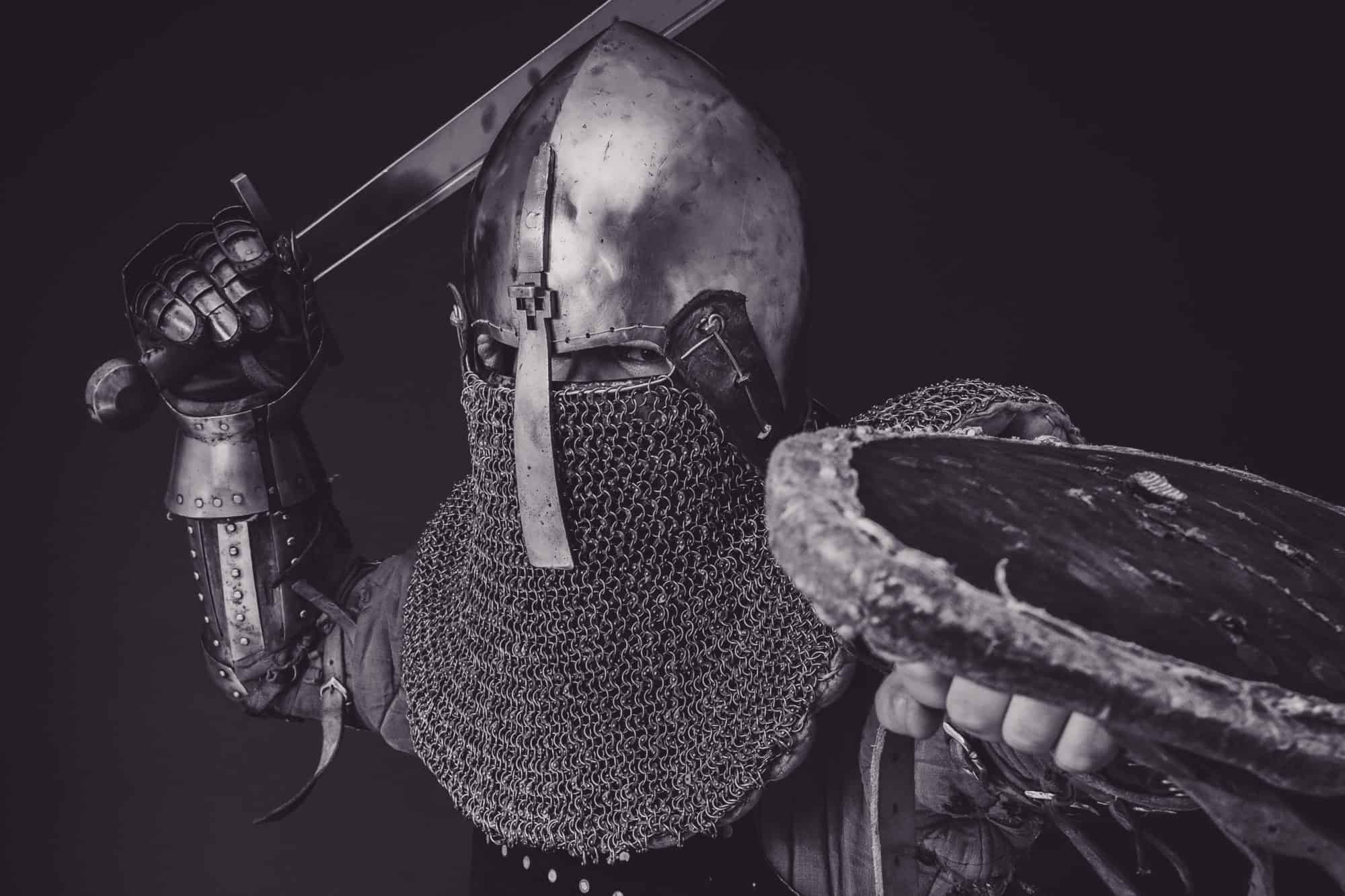

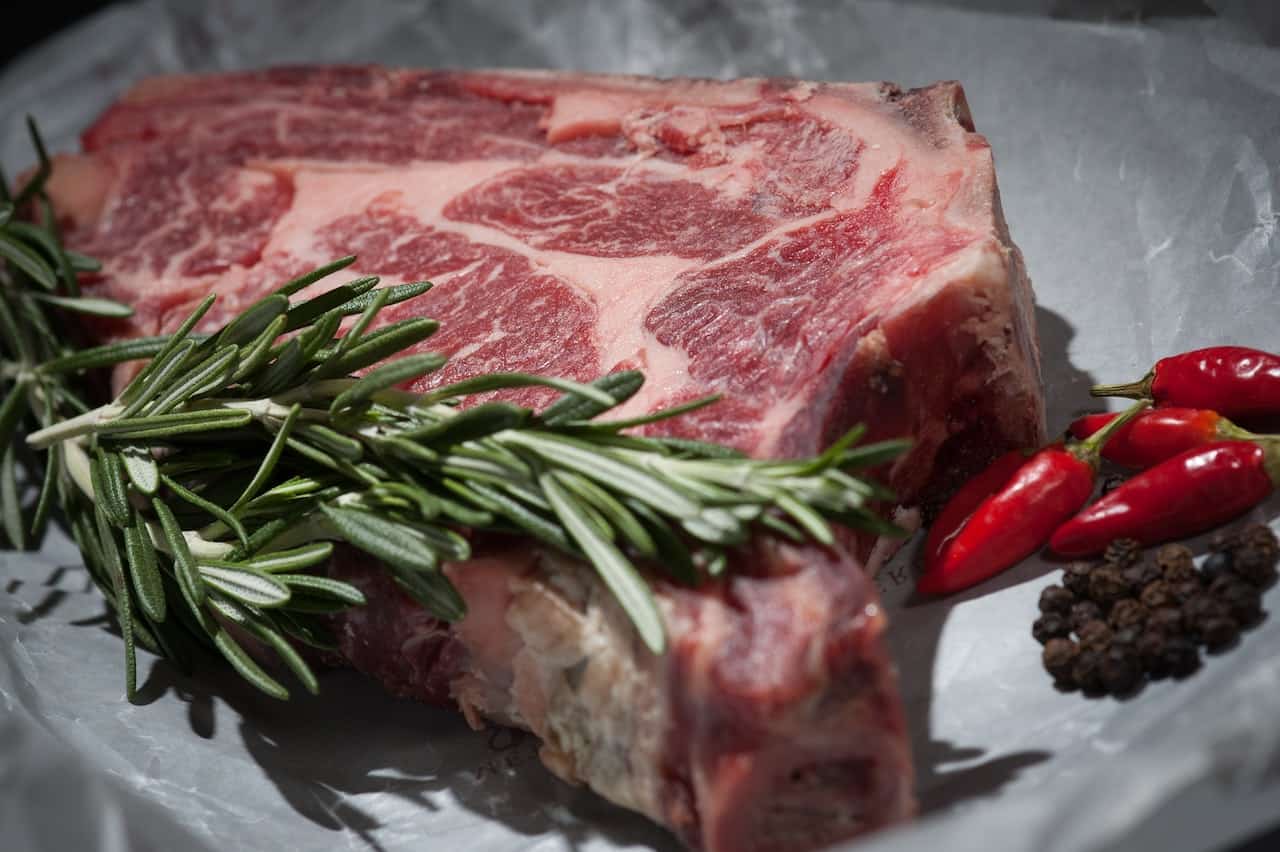
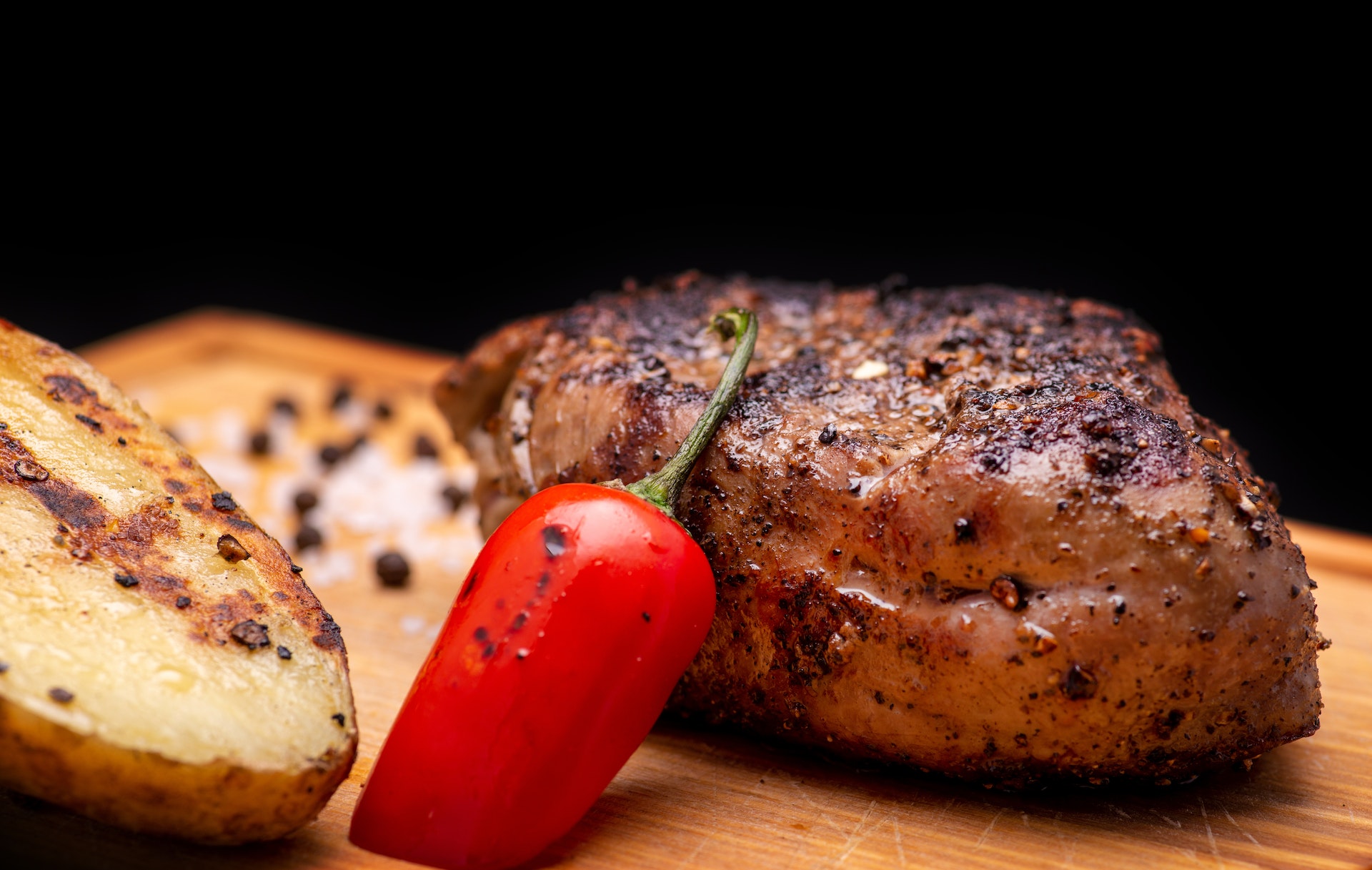
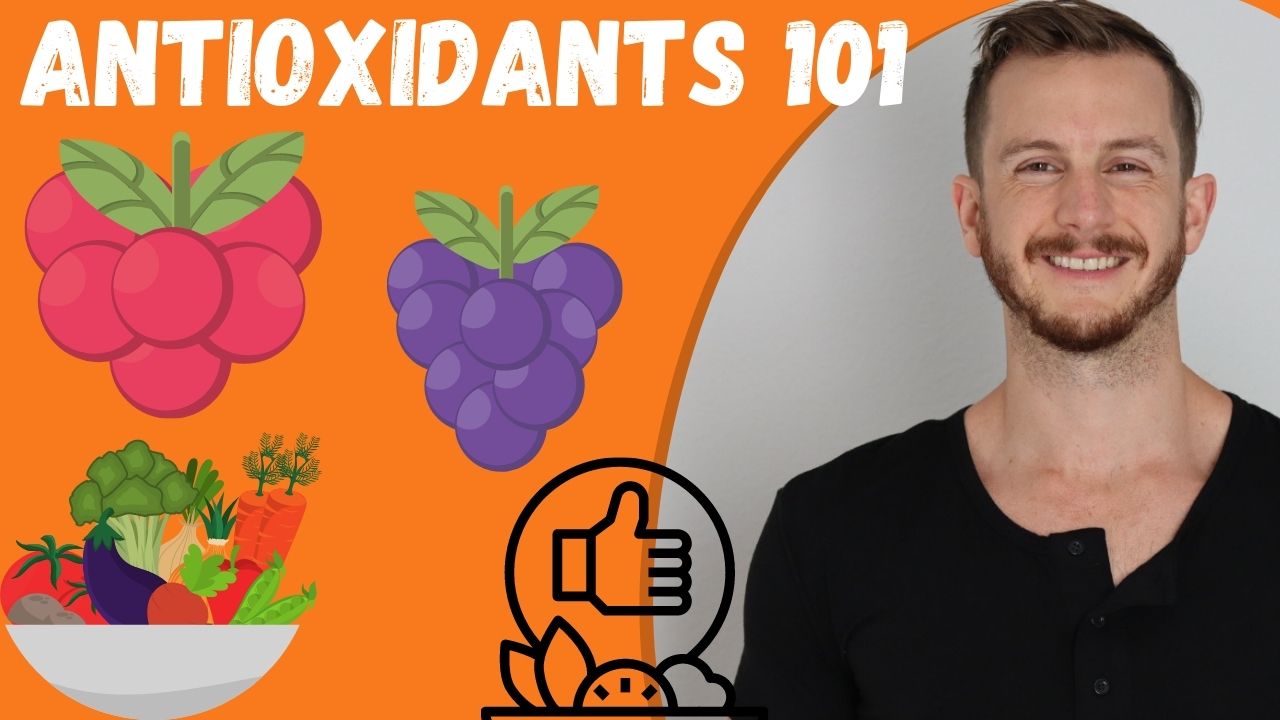
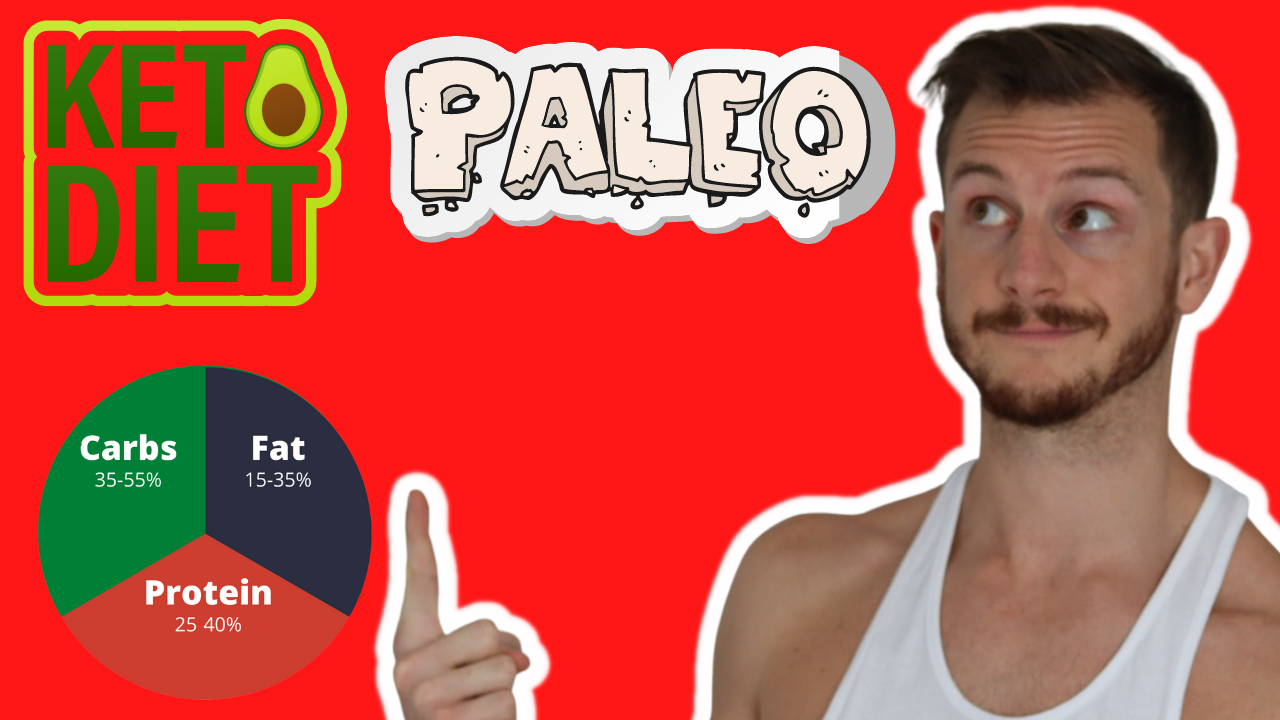

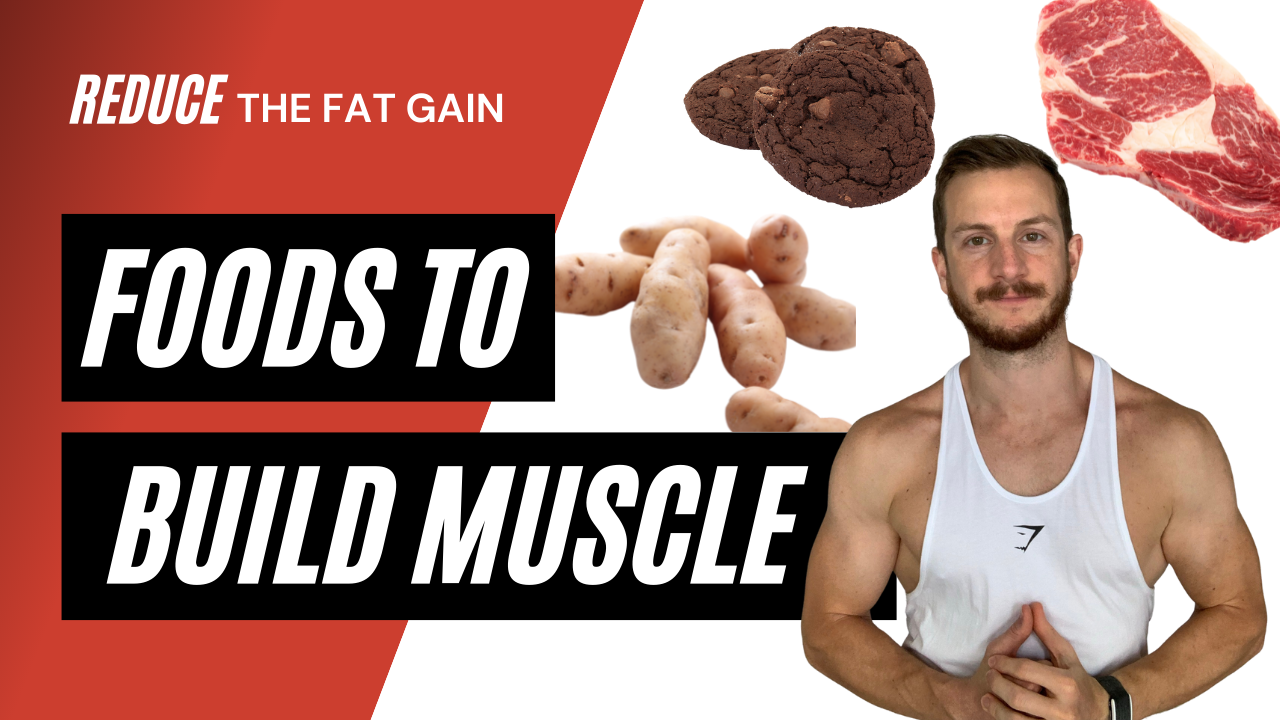
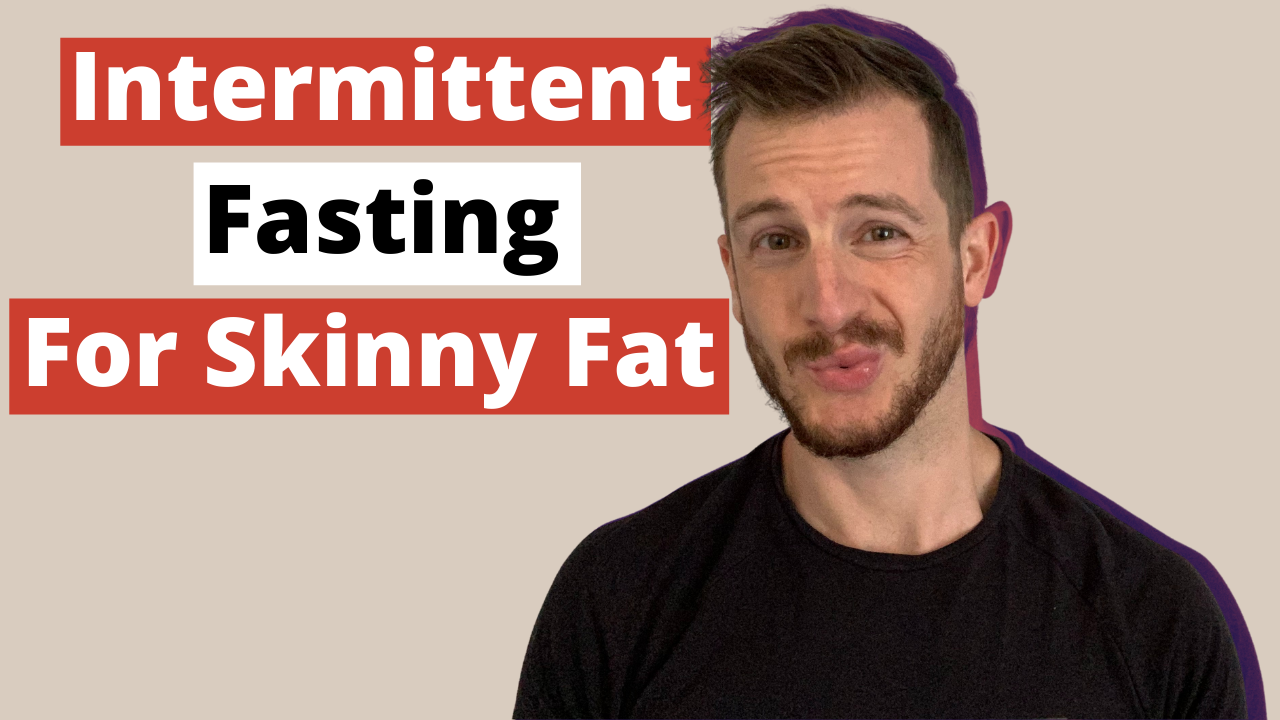
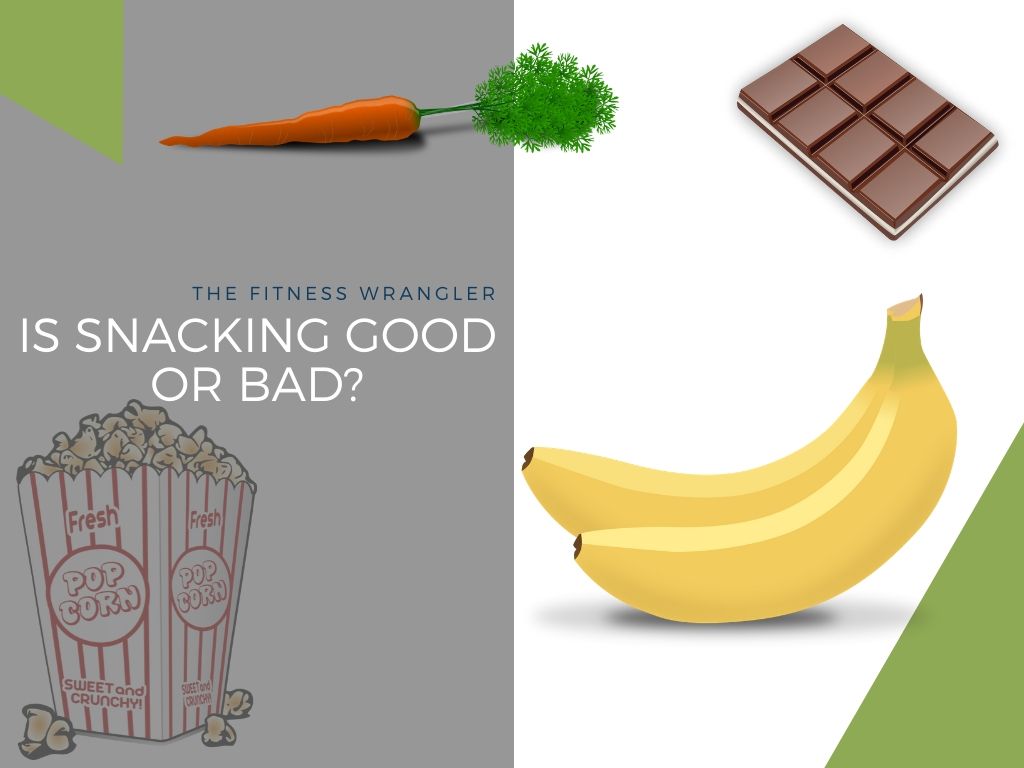
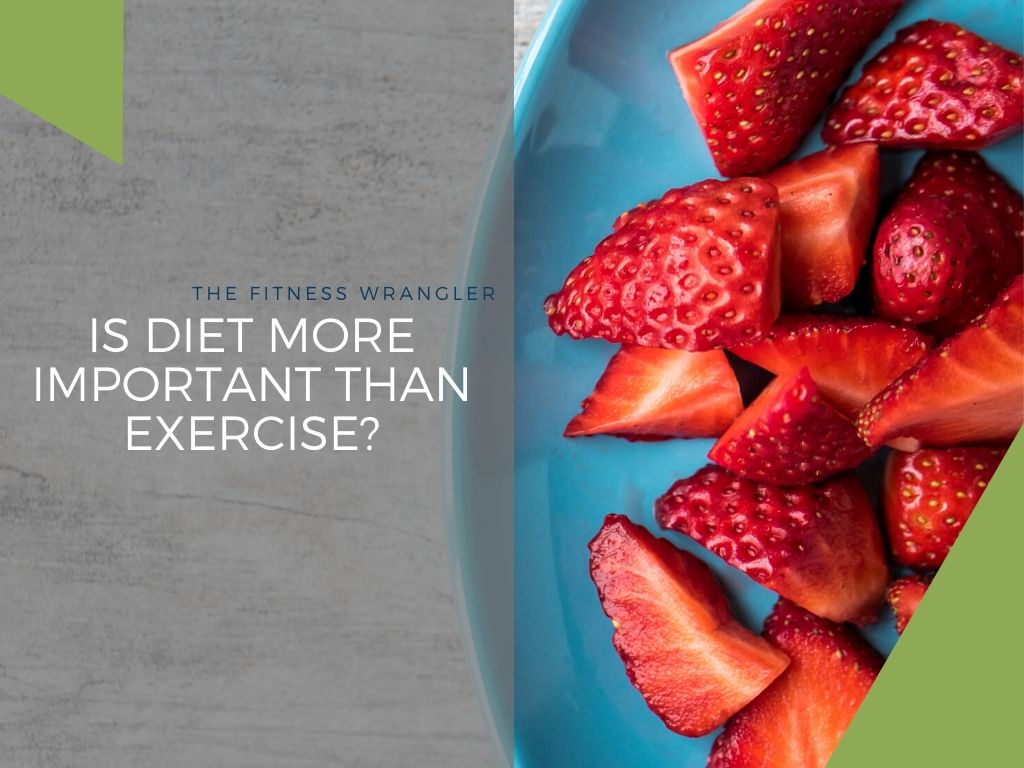
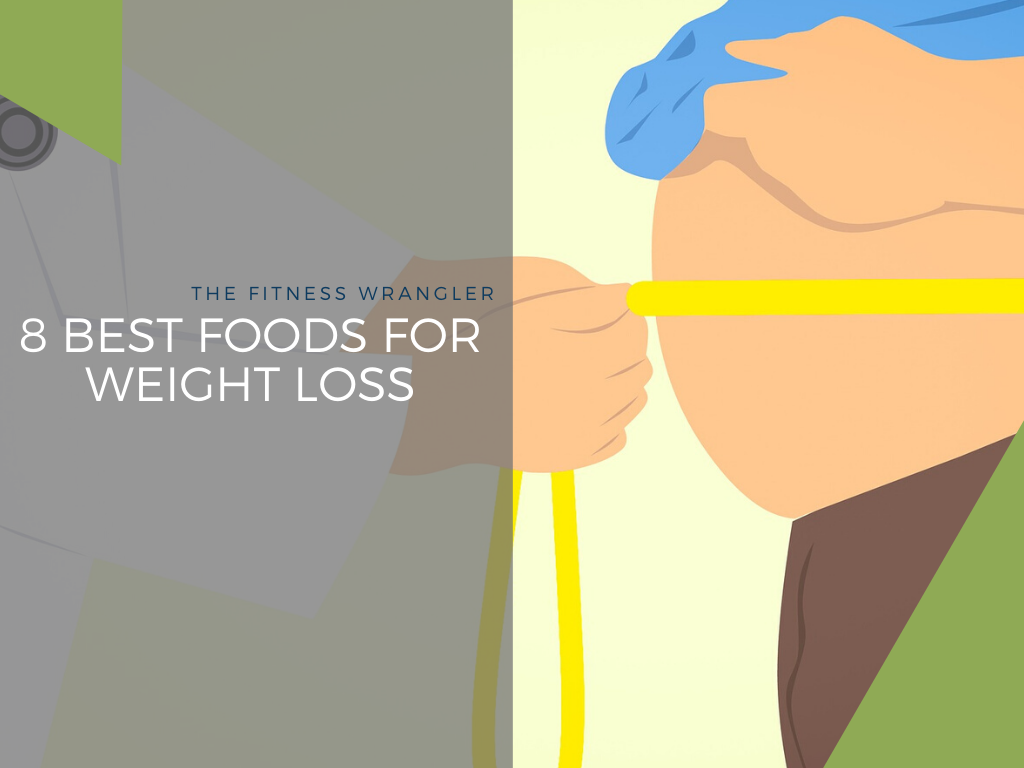
Great article! I was bulking & doing strength training. For the past 3 months I have been trying to lose weight and was successful losing 10kgs which retaining all muscle (5’10, 80->72) by doing Keto for 1.5 mo.
But i have been struggling to do Keto and planning to move to OMAD/Warrior.
Do you know if I can do strength training (increase) if I consume protien shake/juices in the day and protien heavy meal at night?
70% cals from protien like Keto, 70% of the time. Sometimes can be carbs heavy…No sugars etc
Hey Ryan, glad you liked it! That’s great to hear you were successful at losing weight while maintaining muscle.
Yes Keto is difficult to maintain over a long period of time.
The real answer to your question is, it depends. It depends on the individual, how their bodies process food, protein and what mixture of carb/protein/fat is best to help increase strength.
To really optimize the protein shakes throughout the day and one big meal at night depends on you finding the best carb/protein ratio. To add strength and muscle you’ll most likely have to be eating a decent amount of carbs if you’re not fully in Keto.
70% protein may be too high and not yield the results you want, or it could be a perfect fit for your body. That will require some playing around with the macros on your end but bringing in more carbs may not be the worst thing if you’re looking to add strength.
Hope that helps and if you have any other questions or need further help feel free to reach out via contact page!
Chaz
Hi!
I’m doing the warriors diet but I have a problem:
What if I have my workout/training in the evening? I do krav maga and baskett ball 3 days a week which starts at 7pm and lasts 9pm. So the earliest I can eat is 9.30 pm. I can’t shift my schedule because I have to get up aroun 7.30 am to go to work around 9am. What should I do?
Thank you in advance!
Hi Victor, that’s great you’re dedicated to the Warrior Diet and so active. Well, that’s a tough predicament. You may have to play around with a few different strategies to see what works best for you. You could do your one meal earlier in the day. As long as you don’t get too hungry after the workout.
Other than that you can always eat after but the diet may not work for your schedule too. That’s something you’ll have to determine. Wish I could be more help and tell you something cool and exciting but the real answer is you’ll just have to test different ways.